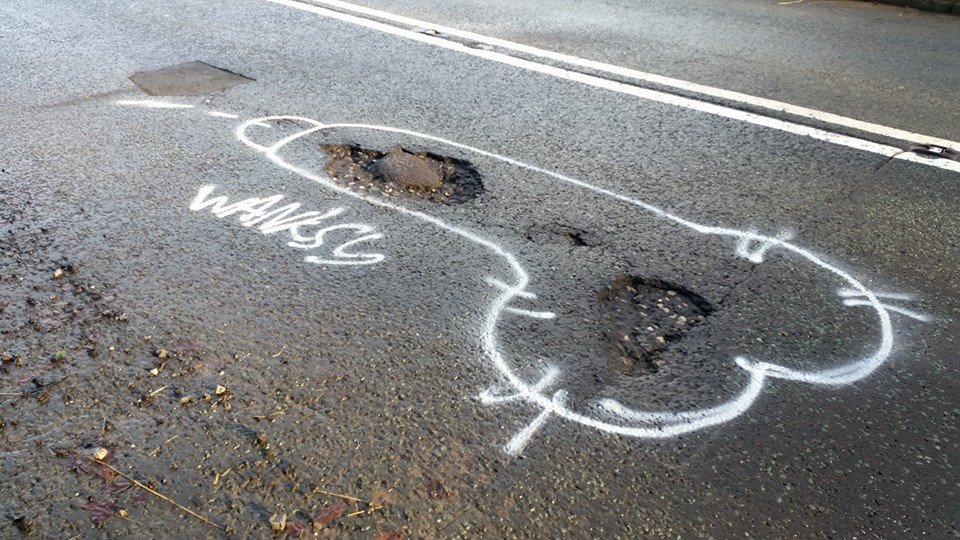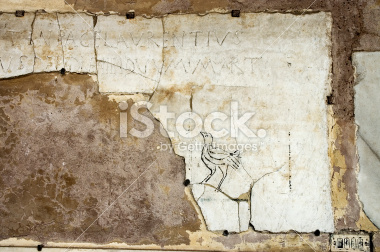
Woodstock’s Pizza on College Blvd has been the college town pizza place for San Diego State students for decades. My high school vice principal, who is an SDSU alum told me about Woodstock’s three years ago, before I had even committed to the University yet. He told me that it was a must visit on my tour and that it was a glimpse into Aztec student life outside of campus. Upon his request, I told my family that we had to stop in for a pizza as they were dropping me off in the dorms my first year at State. The pizza is over priced, but this was back when my parents were still paying for all my food and I was swept up in the restaurant’s atmosphere, so I didn’t mind. Aztec gear and old pictures of SDSU students hang from the walls. The oldest person in the joint is usually in their mid-twenties. TVs playing college sports are everywhere. The most notable bit of décor, however, are the names and phrases sharpied, penciled, and carved into the tables and walls and benches.
These words etched into the restaurant’s interior are a big part of the college town cozy that can be felt when dining at Woodstock’s. These names have their own memories and mysteries attached to each of them. Who wrote what? What do these acronyms represent? How long ago has this word been left behind? How many 20-year-olds just like me have read this exact word in this exact bench? These markings are surrounded by so much comfort and nostalgia that most people probably disregard the essentially criminal action that started the tradition.
We are taught from a young age that drawing on someone else’s property is unacceptable. Color on your bedroom wall and its no TV for a week. Write your name in pen of your desk in your 3rd grade class and you’re staying in at recess. In most places employees are instructed to scrub away at any tagging left on tables or in bathrooms. So, how did one name left unscrubbed lead to a restaurant covered in what is essentially graffiti.
In my speculation of the name carving tradition at Woodstock’s I have run into a few questions about graffiti culture such as that in this pizza joint. At what point does property damage go from ugly and disrespectful to tradition, artwork, or tourist attractions? Woodstock’s does not stand alone in this glorification of graffiti or property destruction. I can think of several restaurants with similar tagging art. The gum wall in Seattle, the locks left on a bridge in Paris, and the wall filled with letters to Juliet in Verona are all essentially hot spots for littering, but are found acceptable by law enforcement because they draw tourism. So my questions are: what defines acceptable defacement? And how does one person create a chain reaction in such a way that these places have?







